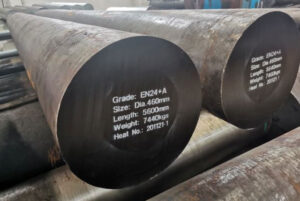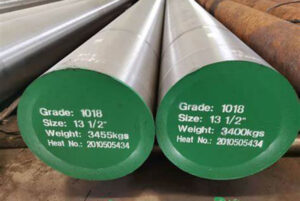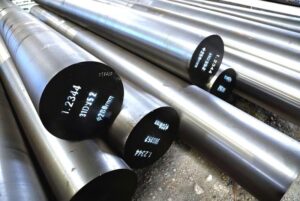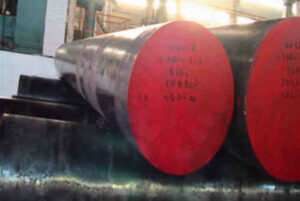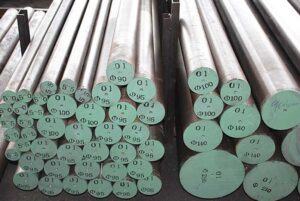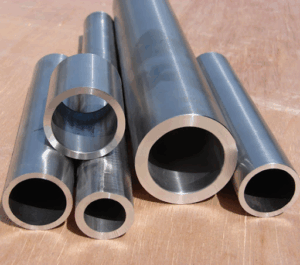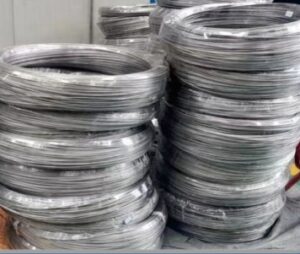Stainless steel is everywhere in our daily lives, from kitchen appliances to medical instruments, and one of the most common types is AISI 304. If you’re delving into the world of stainless steel, you might find yourself asking: “What’s so special about AISI 304?” This article will explore everything you need to know about AISI 304 stainless steel, providing an in-depth, SEO-optimized overview.
Overview of AISI 304 Stainless Steel
AISI 304 stainless steel, also known as 18/8 stainless steel due to its composition, is a versatile and widely used material known for its excellent corrosion resistance, formability, and strength. It’s a member of the austenitic family of stainless steels, meaning it has a face-centered cubic crystal structure that contributes to its non-magnetic properties and high ductility.
Key Details:
- Composition: Primarily composed of iron, chromium (18-20%), and nickel (8-10.5%).
- Properties: High corrosion resistance, good formability, and weldability.
- Ứng dụng: Used in a variety of industries including food processing, chemical, and medical.
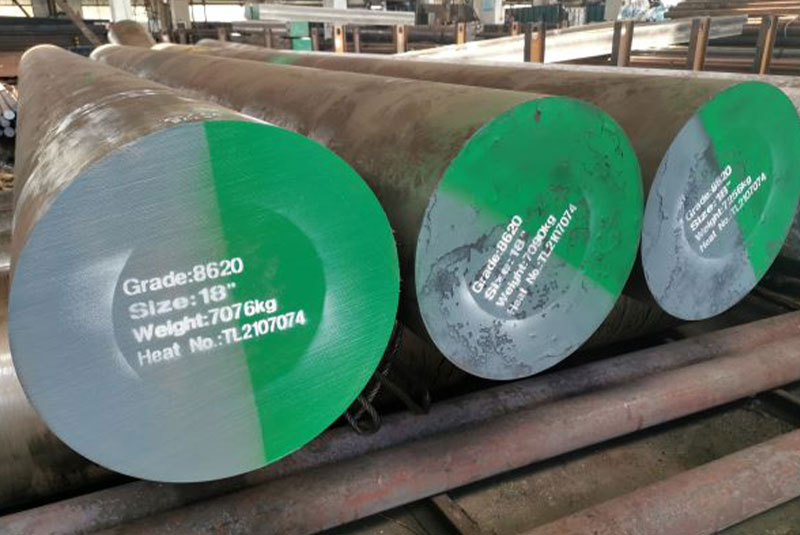
Types and Composition of AISI 304 Stainless Steel
Stainless steel comes in various grades, each with specific compositions that affect their properties and applications. Here are some common types of AISI 304 stainless steel:
| Hạng | Composition | Đặc điểm |
|---|---|---|
| 304 | 18-20% Cr, 8-10.5% Ni, ≤ 0.08% C | Standard grade with good corrosion resistance and formability |
| 304L | 18-20% Cr, 8-12% Ni, ≤ 0.03% C | Lower carbon content, better for welding applications |
| 304H | 18-20% Cr, 8-10.5% Ni, 0.04-0.10% C | Higher carbon content, better high-temperature strength |
| 304LN | 18-20% Cr, 8-10.5% Ni, ≤ 0.03% C, 0.10-0.16% N | Enhanced strength and corrosion resistance due to nitrogen |
| 304N | 18-20% Cr, 8-10.5% Ni, ≤ 0.08% C, 0.10-0.16% N | Increased strength and corrosion resistance |
Properties of AISI 304 Stainless Steel
Understanding the properties of AISI 304 stainless steel helps in determining its suitability for various applications. Here’s a detailed look at its key properties:
Physical Properties:
- Độ đặc: 8.00 g/cm³
- Melting Point: 1400-1450°C
- Thermal Conductivity: 16.2 W/m·K at 100°C
- Specific Heat: 500 J/kg·K
Mechanical Properties:
- Độ bền kéo: 515-720 MPa
- Độ bền kéo: 205-515 MPa
- Độ giãn dài: 40-60%
- Độ cứng: 70-90 HRB
Corrosion Resistance:
AISI 304 stainless steel offers excellent corrosion resistance in various environments. Its high chromium content forms a passive layer on the surface, preventing further corrosion.
Weldability:
This steel can be easily welded using all standard welding techniques. The low carbon variant (304L) is particularly suitable for welding as it minimizes carbide precipitation.
Formability:
AISI 304 is known for its excellent formability, making it ideal for bending, drawing, and forming applications.
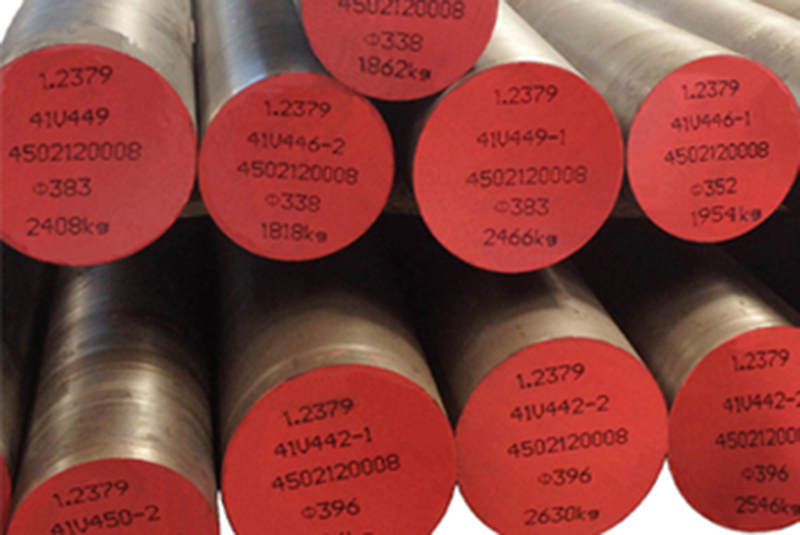
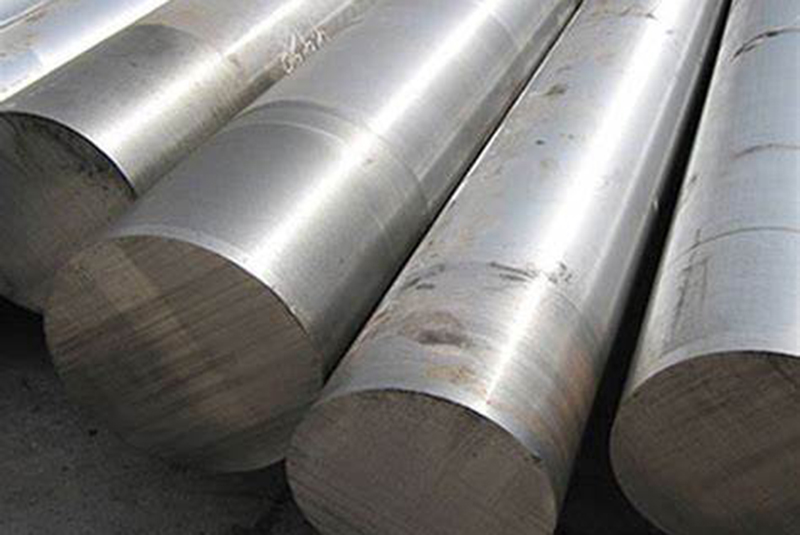
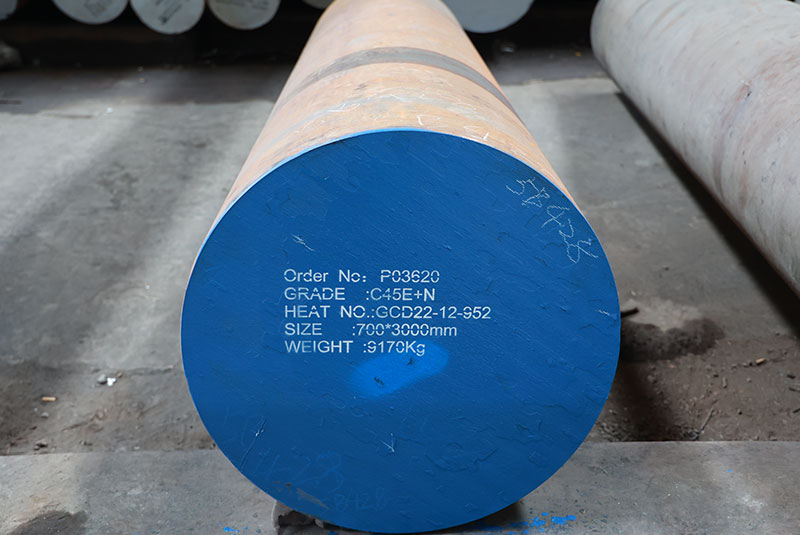

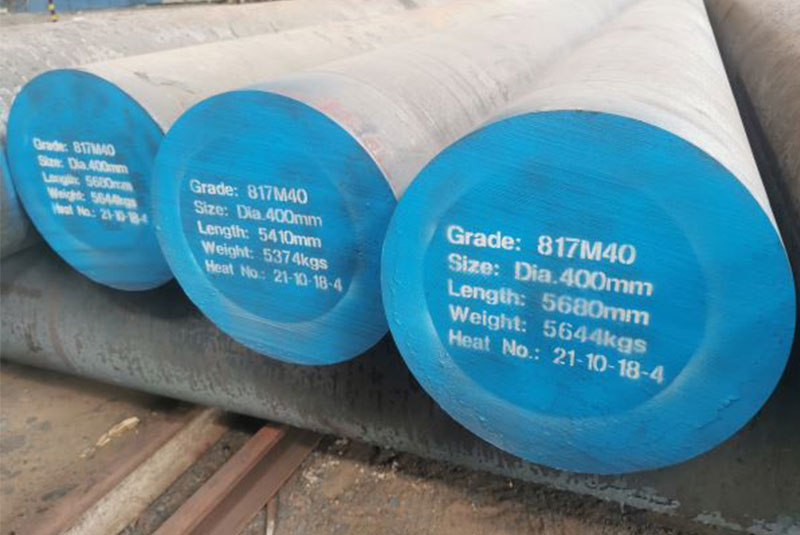
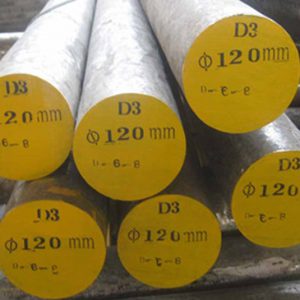
Applications of AISI 304 Stainless Steel
AISI 304 stainless steel is a material of choice for a wide range of applications due to its robust properties. Here are some of its common uses:
| Ngành công nghiệp | Ứng dụng |
|---|---|
| Chế biến thực phẩm | Kitchen sinks, food processing equipment, brewing equipment, milk processing plants |
| Y khoa | Surgical instruments, dental implants, medical devices |
| Chemical | Chemical containers, heat exchangers, pressure vessels |
| Ô tô | Exhaust systems, trim, and molding parts |
| Xây dựng | Architectural paneling, handrails, structural applications |
| Household | Cookware, cutlery, appliances |
| Hải quân | Boat fittings, marine hardware |
Specifications, Sizes, Grades, and Standards
When selecting stainless steel for a specific application, understanding the available specifications, sizes, grades, and standards is crucial.
| Specification | Chi tiết |
|---|---|
| ASTM Standards | ASTM A240, A276, A312, A554, A666 |
| Sizes | Sheets, plates, bars, tubes, and wires in various dimensions |
| Grades | 304, 304L, 304H, 304LN, 304N |
| Surface Finishes | 2B, BA, No.1, No.4, HL, Mirror |
Standard Sizes:
| Form | Standard Sizes |
|---|---|
| Sheet/Plate | 0.5mm to 50mm thickness, up to 2000mm width |
| Bar | 6mm to 200mm diameter |
| Tube | 6mm to 600mm outer diameter, various wall thickness |

Suppliers and Pricing Details
The pricing and availability of AISI 304 stainless steel can vary based on suppliers and market conditions. Here’s a general guide to suppliers and pricing:
| Nhà cung cấp | Location | Pricing (per kg) | Ghi chú |
|---|---|---|---|
| Outokumpu | Toàn cầu | $3.00 – $5.00 | High-quality stainless steel products |
| Aperam | Châu Âu | $3.50 – $5.50 | Sustainable stainless steel solutions |
| Nippon Steel | Japan | $3.20 – $5.20 | Innovative stainless steel materials |
| ArcelorMittal | Toàn cầu | $3.10 – $5.10 | Wide range of stainless steel grades |
| POSCO | South Korea | $3.00 – $5.00 | Competitive pricing |
| Jindal Stainless | India | $2.80 – $4.80 | Cost-effective solutions |
| ThyssenKrupp | Toàn cầu | $3.20 – $5.20 | High-performance materials |
| Sandvik | Toàn cầu | $3.50 – $5.50 | Specialty stainless steels |
Advantages and Disadvantages of AISI 304 Stainless Steel
When choosing a material, weighing its pros and cons is essential. Here are the advantages and disadvantages of AISI 304 stainless steel:
| Ưu điểm | Nhược điểm |
|---|---|
| Khả năng chống ăn mòn tuyệt vời | Chi phí cao hơn so với một số vật liệu khác |
| Good formability and weldability | Susceptible to stress corrosion cracking in chloride environments |
| Non-magnetic in annealed condition | Lower hardness compared to martensitic stainless steels |
| Wide availability and range of forms | Not suitable for high-temperature applications above 800°C |
| Low maintenance and long lifespan | Requires careful cleaning to maintain appearance |
Specific Metal Powder Models for AISI 304 Stainless Steel
Metal powders are essential in various manufacturing processes such as additive manufacturing (3D printing). Here are specific models of AISI 304 stainless steel metal powders:
- Carpenter Additive 304
- Description: High-quality powder for additive manufacturing, offering excellent flowability and consistency.
- Ứng dụng: Used in aerospace, medical, and automotive industries.
- Sandvik Osprey 304
- Description: Fine metal powder with high purity, suitable for powder bed fusion and other 3D printing technologies.
- Ứng dụng: Ideal for complex geometries in industrial applications.
- Höganäs 304L
- Description: Low carbon version for enhanced weldability, used in metal injection molding and 3D printing.
- Ứng dụng: Automotive components, medical devices.
- GKN Hoeganaes AncorAM 304L
- Description: Premium grade powder with uniform particle size distribution.
- Ứng dụng: Aerospace parts, industrial machinery.
- LPW Technology 304L
- Description: Metal powder designed for laser powder bed fusion with excellent flow characteristics.
- Ứng dụng: Precision components in the aerospace and medical sectors.
- AP&C (GE Additive) 304
- Description: High-performance powder for additive manufacturing with consistent quality.
- Ứng dụng: Medical implants, industrial parts.
- Metalysis 304
- Description: Innovative powder produced using sustainable technologies.
- Ứng dụng: Automotive, aerospace, and industrial applications.
- TLS Technik 304
- Description: High-purity powder suitable for various additive manufacturing processes.
- Ứng dụng: Tooling, prototype development.
- Praxair TruForm 304L
- Description: Reliable metal powder with excellent repeatability for 3D printing.
- Ứng dụng: Engineering components, medical instruments.
- Aubert & Duval 304L
- Description: Premium powder for demanding applications in additive manufacturing.
- Ứng dụng: Aerospace, automotive, and medical industries.
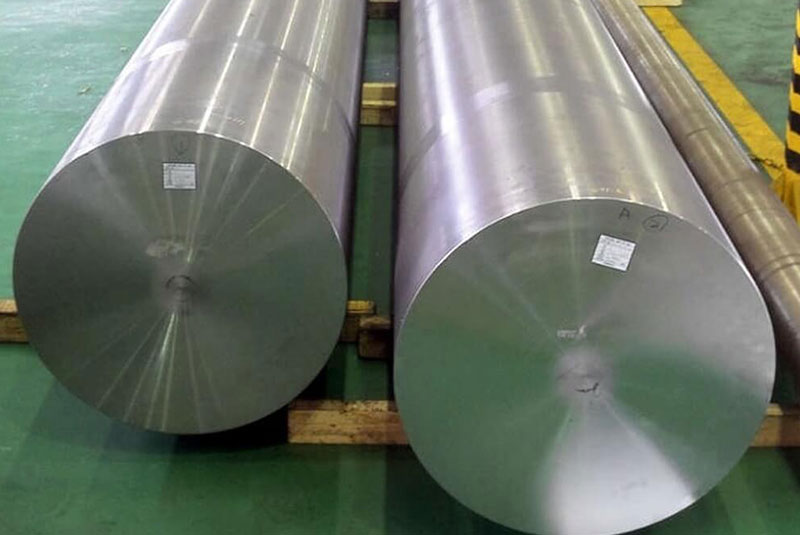
Câu hỏi thường gặp
Q: What is the difference between 304 and 304L stainless steel?
A: 304L stainless steel has a lower carbon content compared to 304, which makes it better for welding applications as it minimizes carbide precipitation during welding.
Q: Can AISI 304 stainless steel be used in marine environments?
A: While AISI 304 offers good corrosion resistance, it may not be the best choice for marine environments with high chloride levels. In such cases, grades like 316 are more suitable.
Q: Is 304 stainless steel magnetic?
A: In its annealed condition, 304 stainless steel is generally non-magnetic. However, it can become slightly magnetic when cold worked.
Q: What are the common applications of 304 stainless steel in the food industry?
A: 304 stainless steel is widely used in the food industry for making kitchen sinks, food processing equipment, brewing equipment, and milk processing plants due to its excellent corrosion resistance and hygiene properties.
Q: How does 304 stainless steel perform at high temperatures?
A: 304 stainless steel can be used in temperatures up to 800°C, but for higher temperature applications, 304H or other specialized grades might be more suitable.
Q: What is the lifespan of 304 stainless steel products?
A: The lifespan of 304 stainless steel products can be very long, often exceeding several decades, especially with proper maintenance and in environments that are not overly aggressive.
Q: Are there any specific cleaning requirements for 304 stainless steel?
A: Yes, to maintain its appearance and prevent corrosion, 304 stainless steel should be cleaned regularly with non-abrasive cleaners and rinsed with water to remove any residue.
Q: What welding techniques are suitable for 304 stainless steel?
A: AISI 304 stainless steel can be welded using all standard welding techniques, including TIG, MIG, and spot welding. Using 304L can further enhance weldability by reducing the risk of carbide precipitation.
Kết luận
AISI 304 stainless steel is a versatile and widely used material that offers a balance of strength, formability, and corrosion resistance, making it suitable for a broad range of applications. From kitchen sinks to medical devices, and automotive components to construction materials, its adaptability and reliability are unmatched. Understanding its properties, types, and specific uses can help in selecting the right material for your needs. Whether you’re in the food processing industry, automotive sector, or working on cutting-edge 3D printing technologies, AISI 304 stainless steel proves to be a dependable choice.
By exploring this comprehensive guide, you can make informed decisions and leverage the benefits of AISI 304 stainless steel in your projects, ensuring durability, efficiency, and quality.

